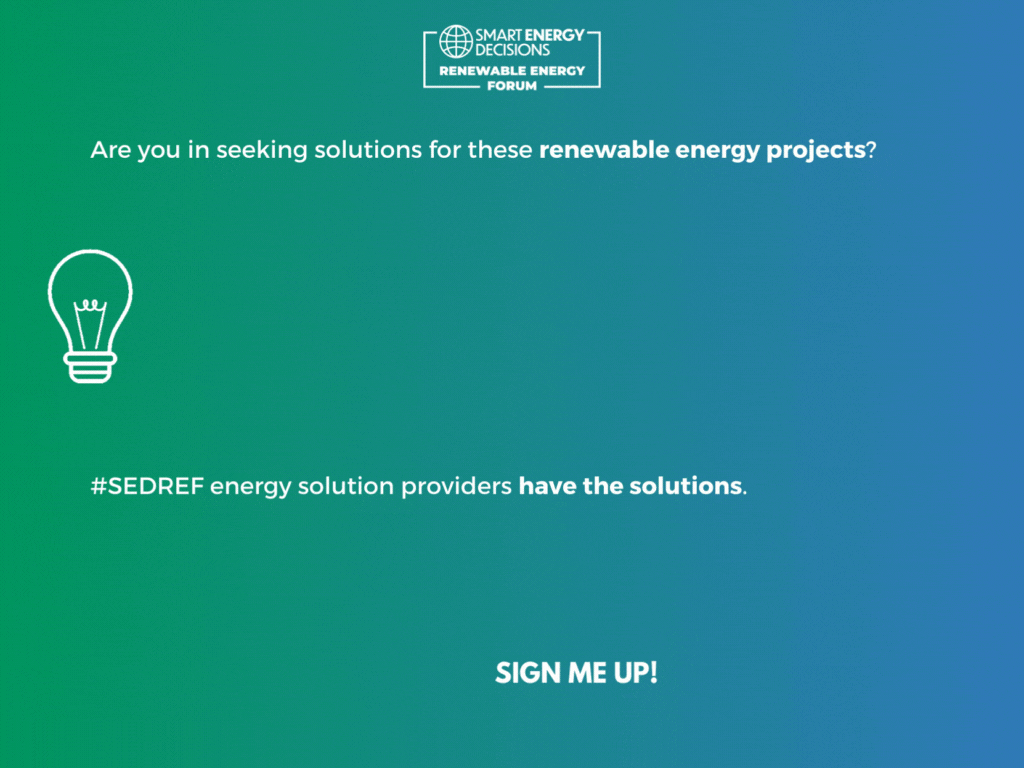Commercial, Energy Efficiency, Energy Storage, Industrial - November 9, 2018
Energy storage will attract $620 billion in investments by 2040
The forecast for the energy storage market, including behind-the-meter and grid-scale batteries, is expected to boom in the coming decades as the cost of batteries continues to fall.
"The global energy storage market will grow to a cumulative 942GW/2, 857GWh by 2040, attracting $620 billion in investment over the next 22 years," according to a report from BloombergNEF (BNEF). "Cheap batteries mean that wind and solar will increasingly be able to run when the wind isn’t blowing and the sun isn’t shining."
BNEF’s latest Long-Term Energy Storage Outlook noted that behind-the-meter installations will be sited at business and industrial premises, and at millions of residential properties. "For their owners, they will perform a variety of tasks, including shifting grid demand in order to reduce electricity costs, storing excess rooftop solar output, improving power quality and reliability, and earning fees for helping to smooth voltage on the grid."
Logan Goldie-Scot, head of energy storage at BNEF, said: "We see energy storage growing to a point where it is equivalent to 7% of the total installed power capacity globally in 2040. The majority of storage capacity will be utility-scale until the mid-2030s, when behind the meter applications overtake."
The report noted that despite this expected rapid growth, "Demand for batteries for stationary storage will make up only 7% of total battery demand in 2040. It will be dwarfed by the electrical vehicle market, which will more materially impact the supply-demand balance and prices for metals such as lithium and cobalt."
NOTE: The dollar investment figure in this press release was corrected on November 15, 2018 following BNEF's discovery of a totaling error. The GW and GWh capacity figures are not affected, and neither are the overall findings. BNEF apologizes for the mistake.
Read These Related Articles:
Stay Up-To-Date












